Telonics FP-100 Foot Pedal Review
Here's some pictures, sound files and comments on my new Telonics FP-100 foot volume pedal. My pedal is a "pro" model with an expanded part number of "FP-100MNPSB-HB PRO". On the last
page of the user manual there is a breakdown of the part number fields:
- "M" designates mono version
- "N" designates no expression output on "OUT-2" jack
- "P": PRO model with full range EQ output
- "S": Standard MAX Volume is toe down
- "B": blue LED
- "H": High Profile
- "B": black color
- Accurate emulations of all audio tapers of classic foot volume pedals and "pot" tapers
- Newer tapers which increase gain and enhance sustain have also been developed
- Additional replica or custom tapers can be factory installed via the USB port.
- You can see pictures below where I placed this foot pedal next to a classic Goodrich standard height pedal for reference.
- A switch is provided on the side of the pedal to select different tapers
- A 24 VDC power supply is included but you can also power the pedal from the Telonics amp so it will be powered on and off with the amp's power.
- Two pedal pivot axle positions are available but must be swapped at the factory. This is done at your request and at no charge! There is a detailed discussion of the effect of
changing the axle position in the user manual. It's a great read and explains the benefit of each position and how it relates to traditional "high" versus "low" pedal versions
- Pedal drag and tension are independently adjustable
- The pedal can accept a variety of pedal steel pedal rack attachment brackets
- A 'minimum on" adjustment is provided to set the level of the audio signal passing through the pedal in the fully back position
Some useful links:
|
|
 
|
Listen to a full song recording with real bass, rhythm guitar, EZKeys piano, EZDrummer drums. All pedal steel, guitar and fiddle parts are played through the Telonics TCA-500C:
Review Summary
The action on this pedal is really smooth. I got the standard height version and it sits a bit lower than the standard classic Goodrich volume pedal. No adjusments were needed to my playing technique to get great
sound out of this pedal. I have it adjusted with the pedal up position completely cutting off the sound. There is no detectable noise with this pedal inline and even with the Peterson tuner connected via the pedal's buffered tuner
output, there is no change in the sound due to the tuner connection. There are two tones that I like a lot out of this pedal. One uses the impedance control set about 45 degress back from full to get a vintage tone. The other
has the pedal impedance set at full for a bit different tone. In neither case did I get the dreaded sterile electonic tone I have previously experienced with low impedance buffers inserted inline or active pedals. I tried hard
to look for faults in the sound versus my beloved pot pedal but the vintage tone can be achieved with this pedal. Of course many other tones can also be achieved with the provided pedal adjustments. The pedal stays in place
when I take my foot off of it and it has a smooth and even feel to it as the pedal is moved up and down. The blue LED can be turned off but I like it and find that it illuminates my feet and floor pedals in a dark room! The DC
power cord connector has a locking arrangement provided that keeps the power cord attached as the pedal or the power cord is moved around. The pedal markings/labels are not merely inked on. They are engraved being burnt through
the hard anodized coating of the pedal. No more having the pedal labels smeared or worn off over time. I liked tapers 1 through 5 the best and they accurately emulated the Hilton, Goodrich and Emmons volume pedal tapers.
|
|
Sound Samples
I recorded some sound samples to determine the effect of the taper settings on my playing. Also, I recorded a few samples showing the effect of different pedal impedance control settings.
A few of these use G-Major presets 40 and 41 which are reverbs I developed to emulate the Hall of Fame stomp box "Church" and "Plate" settings. In samples 6,7 and 9 below you can hear
the "effect" of changing the
pedal impedance control at one amp setting. However this does not capture the "effectiveness" of this control! To truly expore the power of this control you need to vary it in conjunction with
the amp's EQ settings. Cutting back highs at the pedal and then cranking up the highs at the amp with yield a lot more new and useful tones than just merely adjusting the foot pedal impedance
control at one amp EQ setting. The theory behind this is a bit complex but suffice it to say that changing the pedal impedance control and then re-adjusting the amp will often yield a totally
different sound than just changing the amp EQ. Even if you like a really bright tone, you might want to try cutting back the highs at the pedal then cranking them back up at the amp. The pickup
loading introduced by adjusting the pedal's impedance control is a bit like swapping in a new pedal. I was able to get a very vintage tone out of this pedal using this technique. For these recordings the guitar
was connected to the pedal through 26" of George L's cable and then the pedal was connected to the amp through 12' of George L's cable. I did not use the volume pedal loop provided in the amp.
|
|
Selection
|
Recording Method
|
Comments
|
|
|
DI
|
Taper 5, G-Major Preset 40
|
|
|
DI
|
Taper 4, G-Major Preset 41
|
|
|
DI
|
Taper 3, G-Major Preset 2
|
|
|
DI
|
Taper 2, G-Major Preset 5
|
|
|
DI
|
Taper 1, G-Major Preset 15
|
|
|
DI
|
Taper 5, G-Major Preset 41, fast riff, pedal impedance set at full=12:00, 10:00, 6:00
|
|
|
DI
|
Taper 5, G-Major Preset 41, slow riff, pedal impedance set at full=12:00, 10:00, 6:00
|
|
|
DI
|
Taper 3, G-Major Presets 2,40 (GregRvbHall) and 41 (GregRvbPlate), 9/6 riff played slow to show new reverbs
|
|
|
DI
|
Taper 3, Demo of full range of impedance control at one amp setting
|
There are quite a few pictures below. Click on them to see them full size or at least sized to a browser window. Click on the picture again if needed to zoom in even more!
Comments? email webmaster Greg 






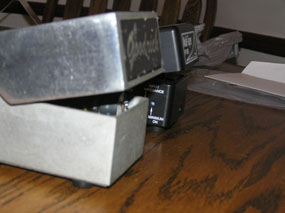
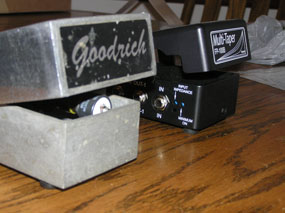
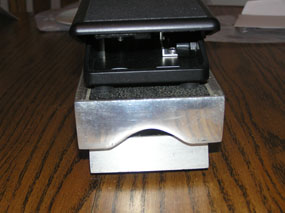
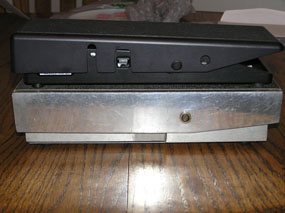


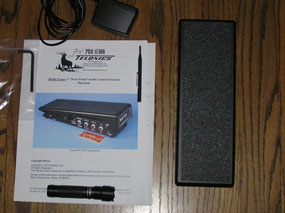
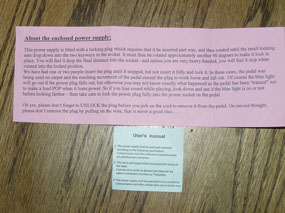
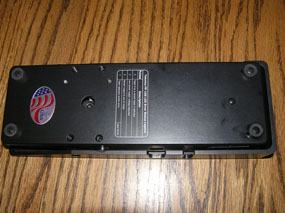
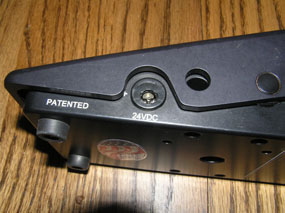
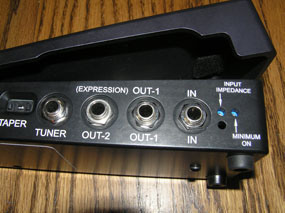
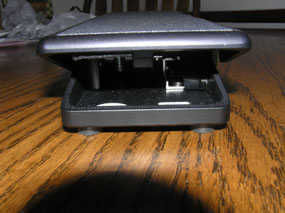
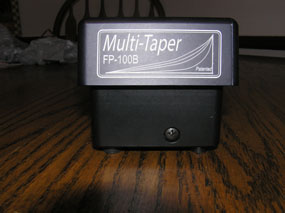
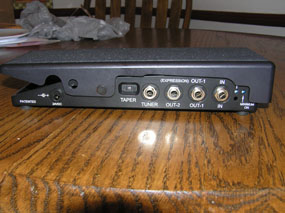
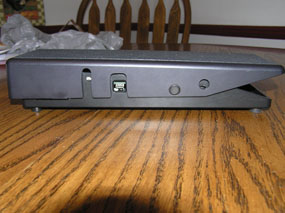
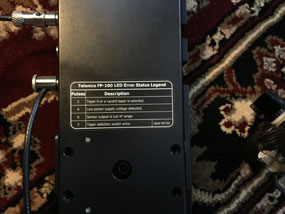
![]()
![]()
